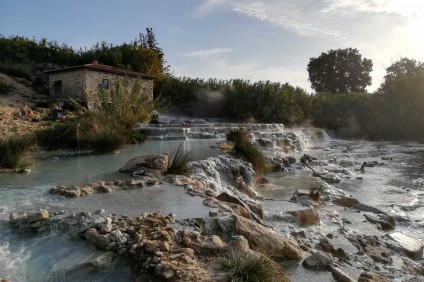Abruzzo is a land full of wonderful landscapes and historic villages clinging to the hills. One of these is Pescocostanzo (L’Aquila), characterized by typical houses with an external staircase, protected by protruding canopies. The name of the village Pescus Constantii appears for the first time in the second half of the 11th century (we only have news of the first part of the name: Pesco, from pesculum, “Peschio”, the rocky base on which the ancient center was formed inhabited). Since the Middle Ages, it has been a thriving center of craftsmanship.
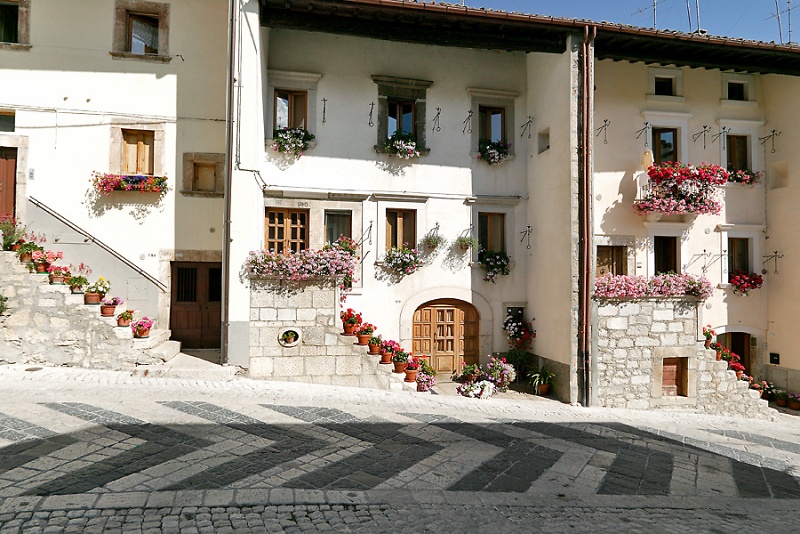
Pescocostanzo is called the town of intertwined threads because of the ancient arts that have developed there and which still survive today. Bobbin laces, filigree, tapestries, wrought iron, wood carvings are characteristic elements of this village on the slopes of Mount Calvario. In this extraordinary place, the link with crafts relives annually in the Festival of Ancient Crafts, in which the local population, very attached to traditions, participates.
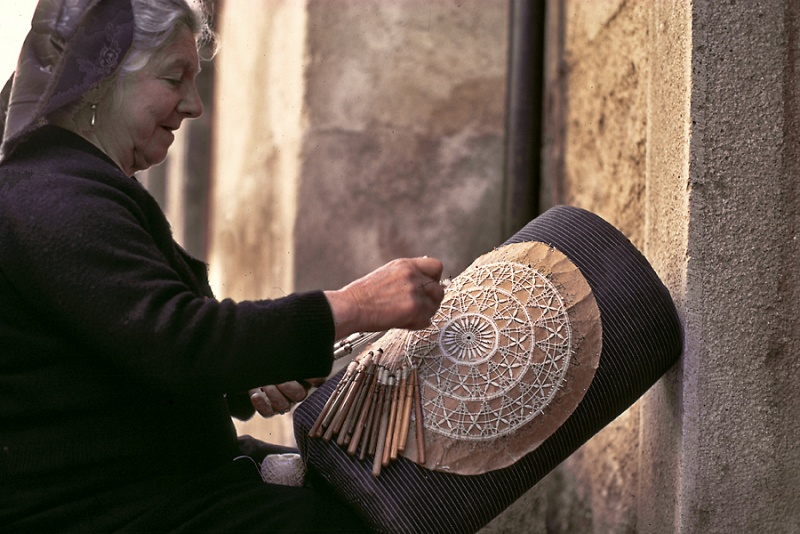
The handicraft in Pescocostanzo: the bobbin lace
One of the craft activities practiced in Pescocostanzo since the second half of the fourteenth century is the bobbin lace. The pillow is nothing more than the tool used by women to make delicate and refined lace and crochets. It consists of three parts: a wooden support; a circular drum (bobbin), stuffed and covered with cloth and colored fabrics; spindles, on which the single threads are woven. It is not easy to go back to the exact historical period in which we passed from working with the needle to that with bobbins (called tammarieje).

However, the development of bobbin lace in Pescocostanzo dates back to 1456. After the earthquake that struck central-southern Italy, Lombard workers arrived in the village who brought various craft traditions, such as lace making, gold filigree, stone , wrought iron. According to a legend, however, in 1547, at the time when Caterina de ‘Medici became passionate about the art of lace, the processing with bobbins was born in Venice, and through trade with the Kingdom of Naples, it also reached Abruzzo. Soon the art of bobbin lace became the main source of economic sustenance of this small reality.
Weaving, an art handed down from an early age
Women, including the nuns of Palazzo Fanzago (at the time a cloistered convent of the Poor Clares) tried their hand at weaving. The teaching of this art began from an early age, through the gradual execution of the “card”, which imparts its basic notions. For this reason, every girl of marriageable age possessed a princely kit (tablecloths, sheets, richly embroidered handkerchiefs, but also doilies and lace).
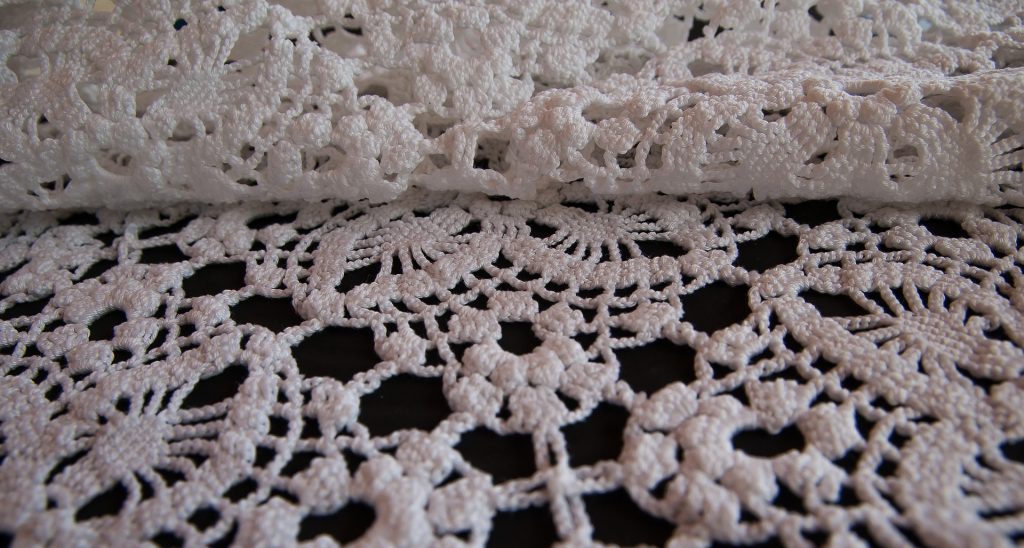
Men also gave their contribution to the work: the Majella master carpenters took care of making the bobbins and the appropriate support stand for the pillow, in walnut, pear or seasoned olive wood; tailors prepared the pillow and its stuffing; designers worked out the models. The pillow took on a sacred character when it began to be used to embroider the garments of the statues kept in local churches and private chapels.
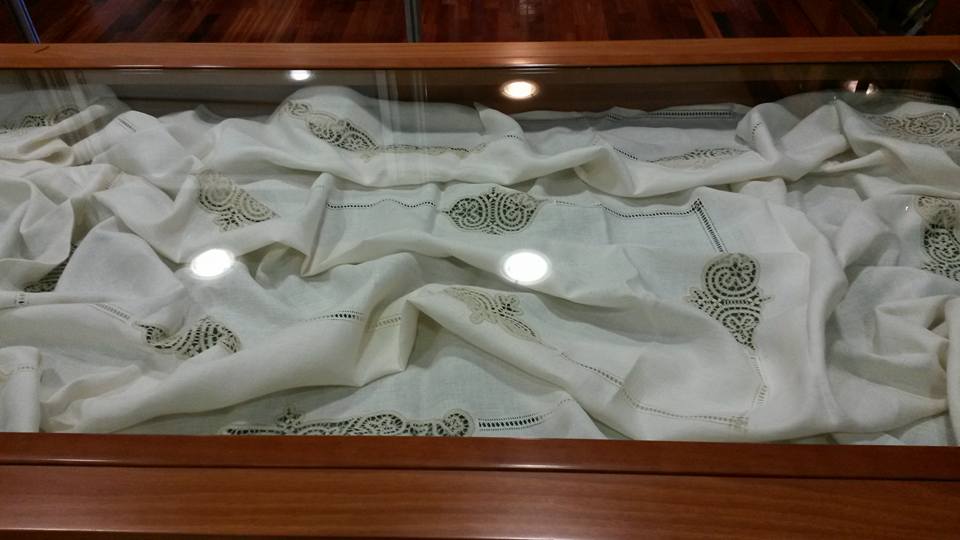
Bobbin lace school and the museum
In Palazzo Fanzago, in Piazza Municipio, you can visit the Bobbin Lace School and the Handicraft Market Museum Exhibition, created by the Municipality in the 1990s. In the school the craftsmen are trained, following the stages of processing: from drawing, to printing, to the choice of materials, up to the processing of lace. The museum collects artifacts and information on the art of bobbin lace, illustrates the processing phases and exhibits a collection of antique laces from private citizens and ecclesiastical kits. It is set up on two floors.
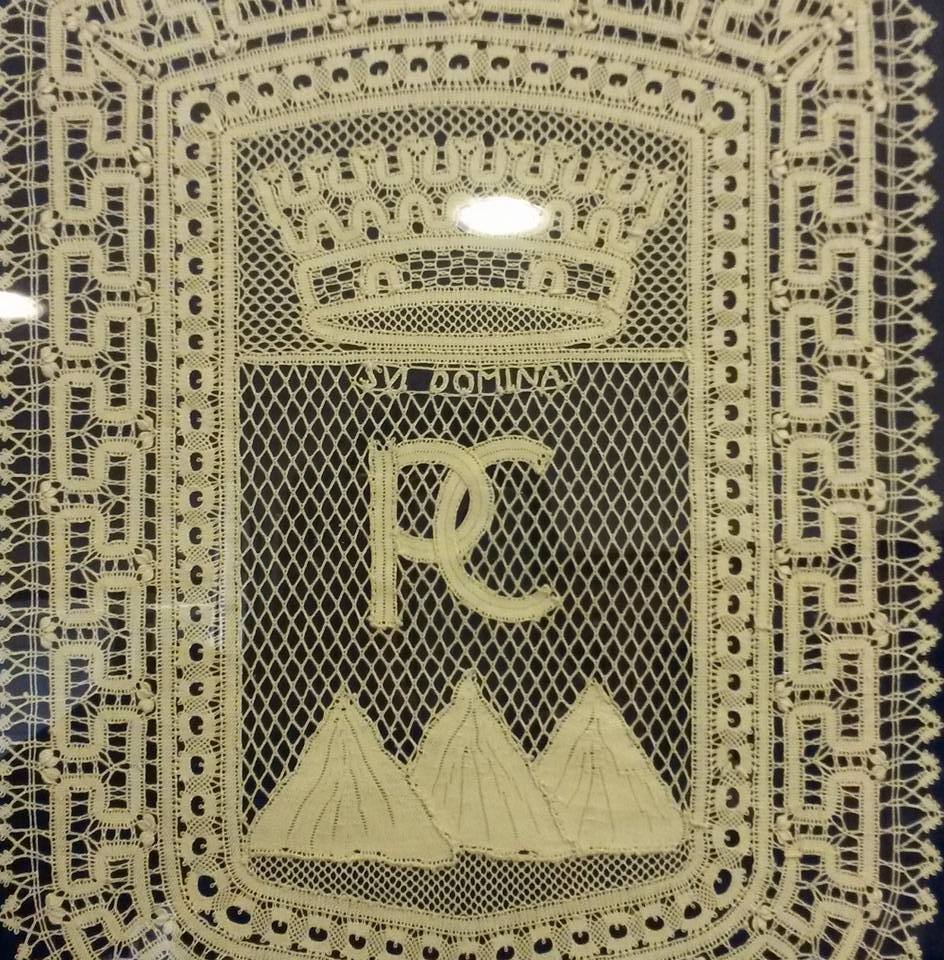
On the first floor are exhibited products of local artistic craftsmanship (carpets, goldsmiths, wrought iron, carved wood and worked stone). On the second floor, two rooms house historical and recent works, including the composition called “The Prince’s Breakfast”, which reconstructs a table set with handicrafts.
The tapestries of Pescocostanzo
According to a legend, it was Turkish and Cypriot slaves who introduced the art of carpets to Pescocostanzo. However, some data suggests that this is not just a fictional story. It is known that, before the year 1000, groups of Orientals (especially Greeks, Albanians and Bulgarians) lived along the Abruzzo and Apulian coasts and in the internal territories. In this area, large quantities of wool were produced and women remained isolated, probably making carpets, when the men led their flocks to overwinter in the Apulian territories.

Technically, the Pescocostanzo carpet has characteristics that differentiate it from the so-called Persian knotted ones. In reality, the tapestries resemble the Perugian tablecloths and the Sumak carpets, woven by the people of the Caucasus of the Karabagh region. They were never used to cover floors, but wedding trunks, benches, walls and beds. All particularly elaborate, they are the result of the imagination and skill of the women of Pescocostanzo, which make them the most beautiful textile product of Italian folk art.

Filigree and the characteristic jewels of Pescocostanzo
The first reference to the goldsmith’s activity by the general cadastre of the municipality of Pescocostanzo dates back to 1748. However, in Colle Riina, the opening of three Lombard tombs that have remained intact, has allowed the discovery of interesting silver jewels with filigree, found during archaeological excavations. Filigree is a kind of gold and silver processing through which thin twisted metal wires or foils, shaped or spiralized, are intertwined and welded to form arabesques and designs. The processing and welding by hand give the product a particular softness.
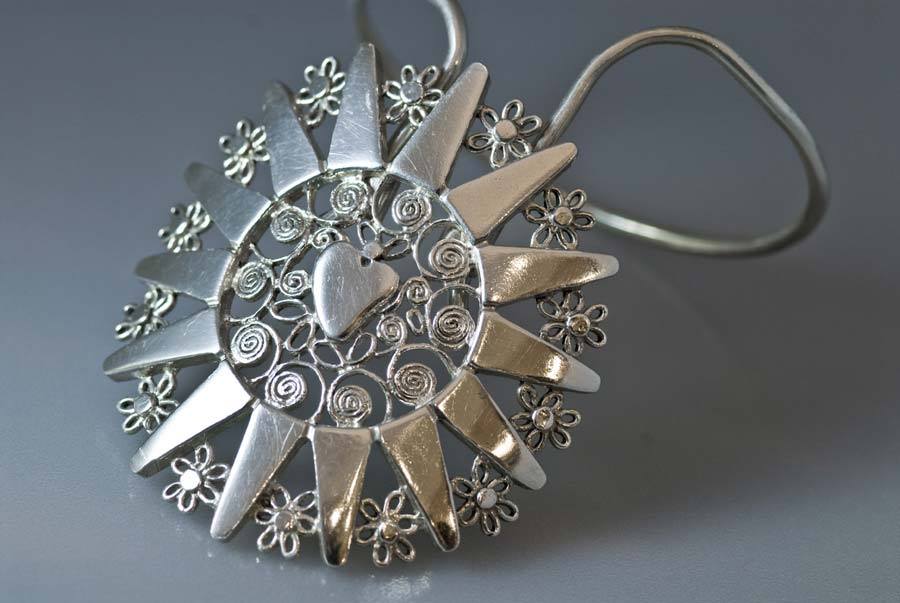
Typical examples of these traditional crafts are: the so-called “presentosa”, a gold filigree brooch; “La cannatora”, a choker consisting of a string of “vacura” in embossed foil; the “cecquaje”, earrings and brooches worked in openwork, embellished with stones, cameos, corals, which reproduce objects, figures or amulets of apotropaic inspiration; the “attachments”, to support the sheep’s wool thread used to obtain socks and sweaters.
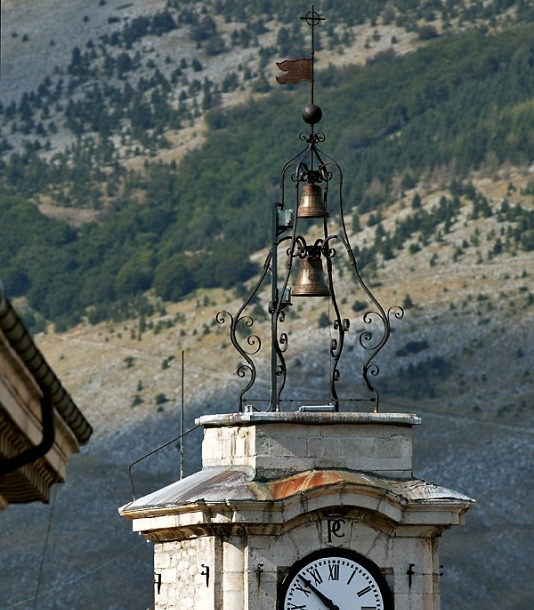
Wrought iron
In the village, the art of iron has existed since about the fifteenth century, due to a widespread relationship with emigrated Lombard masters, composed of stonecutters, carvers and blacksmiths. The highest period of wrought iron art was reached in the seventeenth century, with the blacksmith Sante Di Rocco. He was responsible for the construction of the gate that closes the access to the Cappellone del Sacramento, near the Basilica of Santa Maria del Colle, the most important church in the country. By Nicodemo Donatelli, on the other hand, the high altar is preceded by a gate. Even today, in Pescocostanzo, this ancient art is practiced. Just as the long tradition of stonemasons remains.

Tourist destination
For all these characteristics and for many others, Pescocostanzo has become a destination for tourism, art and culture. In fact, the exceptional surrounding natural environment joins the wonderful village. Pescocostanzo is a place rich in traditions and craftsmanship, where culture, art and nature blend perfectly, and are indissolubly intertwined like the bobbin threads, making it a unique village to be discovered.
(Photo The Portal of Pescocostanzo, Wonders of Abruzzo, Museum of the tombolo of Pescocostanzo Facebook page)

